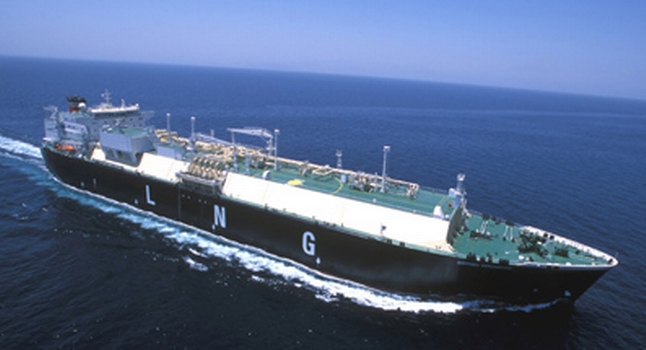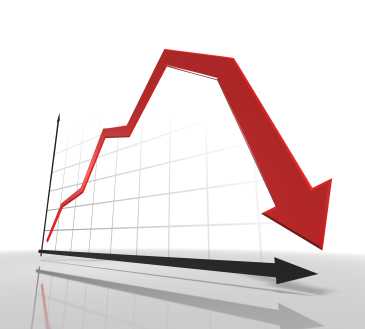Oil fell more than 4 percent on Monday after the International Energy Agency slashed its forecast for oil demand, offsetting the impact of data showing Chinese crude imports rose to their second highest level ever.
The IEA said on Friday world oil demand would fall by 2.4 million barrels per day (bpd) this year compared with 2008 to 83.4 million bpd as the rate of contraction in fuel consumption reached levels last seen in the early 1980s.
U.S. crude settled $2.19, or nearly 4.2 percent, lower at $50.05 while ICE Brent crude shed $1.92 to $52.14.
Because of the Easter public holiday, Monday was the first day of trade since Thursday’s nearly 6 percent gain on the oil market, driven by a rally on Wall Street.
Analysts have said investment money had begun to creep back into commodities and any sustained recovery in equities could continue to support oil.
But the U.S. stock market fell back on Monday, leaving oil traders to focus on brimming fuel inventories and the impact of recession on fuel demand.
“Crude is being weighed down by the IEA report and also the weak equities,” said Phil Flynn, an analyst at Alaron Trading in Chicago.
Dealers will be seeking any confirmation of the IEA’s demand forecast this week. The U.S. Energy Information Administration releases its short-term energy outlook on Tuesday and OPEC publishes its monthly view on Wednesday.
The IEA’s report placed the emphasis on depleted demand and bountiful inventories in developed countries.
Preliminary Chinese trade data on Friday showed crude oil imports rose by more than a quarter versus February to the highest in a year in March and were just short of a record.
In contrast to economic weakness elsewhere, China’s industrial output growth picked up to 8.3 percent in March from a record low of 3.8 percent in the first two months of the year, Premier Wen Jiabao said.
WILL OPEC CUT AGAIN?
Oil has recovered to a $47-$54-range for the past four weeks from a low of $32.40 in December. It is still down by almost $100 from a record high above $147 last July.
Saudi Arabia will trim oil supplies to some of its Asian customers in May, and one European buyer suggested the world’s top exporter was concerned about high inventories.
Saudi Arabia has been largely responsible for OPEC’s high level of compliance — estimated at around 80 percent — with agreements to reduce output by a total of 4.2 million bpd since September last year.
The kingdom and other members of the producer group have lowered their price ambitions, saying oil at around $50 a barrel is a good compromise given the weakness of the global economy.
But OPEC was still likely to be concerned by the IEA’s estimate that inventories in developed countries equated to 61.6 days of forward demand cover in February. That is the highest since 1993 and well above the roughly 52 days cover many in OPEC consider comfortable.
Iran’s OPEC governor Mohammad Ali Khatibi said if oil demand continued to drop the group might decide to further reduce its oil output, the Iranian newspaper Hamshahri on Monday quoted him as saying.
But Qatar’s Oil Minister Abdullah al-Attiyah said on Monday it was “too early to react.”
“I think what we are saying is that $40 to $50 (a barrel) is more pragmatic for the economic crisis,” Attiyah said.
Source: news.chemnet.com








